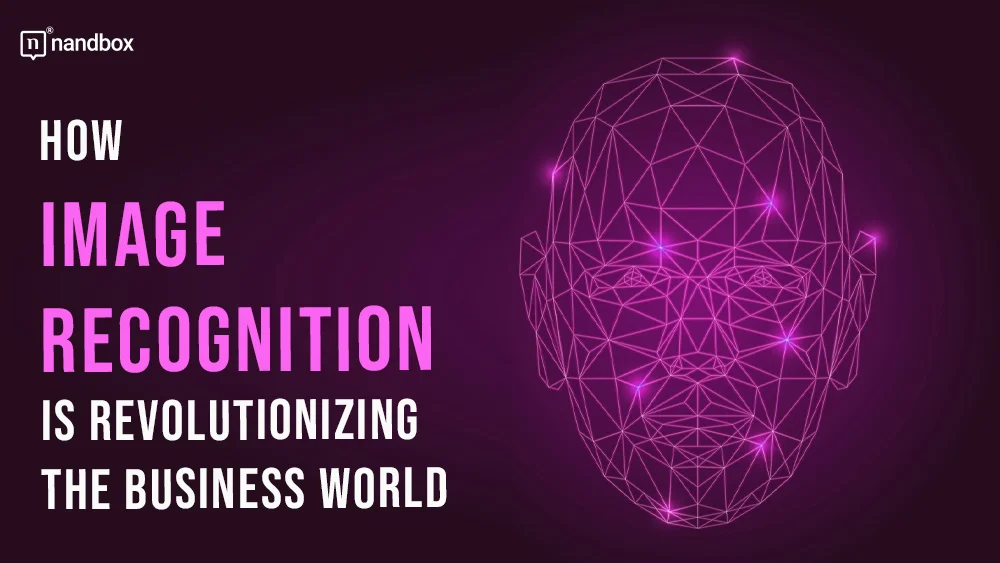How Image Recognition Technology is Transforming Industries
AI Image recognition, a subset of artificial intelligence, plays a pivotal role in revolutionizing various industries. As it enables machines to interpret and understand visual data. In the business realm, image recognition technology is driving significant advancements in operations and customer interactions. By accurately identifying objects, patterns, and even emotions in images, businesses can streamline processes, enhance decision-making, and deliver personalized experiences to customers.
Applications of Image Recognition in Business
Retail Industry
1.) Inventory Management
According to a study by MarketsandMarkets, the global image recognition market in retail is projected to reach $38.9 billion by 2025. This is driven by the need for efficient inventory management systems.
2.) Customer Experience
Research from Deloitte shows that 59% of consumers are more likely to buy products when augmented reality is available. This showcases the impact of image recognition on enhancing customer experience.
Healthcare Industry
1.) Medical Diagnosis
Image recognition aids in diagnosing diseases accurately, with a reported 90% success rate in identifying skin cancer, as highlighted in a study published in Nature.
2.) Medical Imaging Analysis
The healthcare image recognition market is expected to grow at a CAGR of 34.2% from 2020 to 2027, as stated by Grand View Research, indicating the increasing adoption of this technology in medical imaging analysis.
Manufacturing Industry
1.) Quality Control
Image recognition systems can detect defects with high precision. This can reduce error rates by up to 90%, as demonstrated in a case study by McKinsey & Company.
2.) Automation
Image recognition in manufacturing is forecast to save $27 billion annually by 2025, according to a report by Tractica, showcasing the cost-saving potential of automation in this sector.
Advantages of Image Recognition in Business
It is essential to understand that image recognition software development services play a crucial role in harnessing the benefits of image recognition technology for businesses. These services focus on creating custom solutions tailored to specific industry needs. This leverages advanced algorithms and deep learning techniques to enhance image analysis and classification accuracy. By partnering with image recognition software development providers, businesses can access expertise in building robust systems for tasks like object detection, image tagging, and visual data analysis. This collaboration empowers companies to streamline processes, improve decision-making, and drive innovation by integrating cutting-edge image recognition capabilities into their operations. Let’s delve deeper into the benefits of image recognition in the business world:
Improved Accuracy
Image recognition systems enhance accuracy by automating tasks that rely on visual data analysis. By leveraging advanced algorithms and machine learning, these systems can accurately identify objects, patterns, and anomalies. This accuracy is particularly valuable in sectors like healthcare, where image recognition aids in diagnosing diseases and analyzing medical images with remarkable success rates.
Increased Efficiency
One of the critical advantages of image recognition in business is the significant boost in operational efficiency. Companies can streamline workflows, reduce manual errors, and enhance productivity by automating inventory management, quality control, and customer service processes. For instance, image recognition facilitates personalized searches, automated product tagging, and smart mirrors in the retail industry. This leads to a more efficient and engaging shopping experience.
Cost-Effective
Implementing image recognition technology can result in cost savings for businesses in the long run. Companies can reduce labor costs, minimize errors, and optimize resource allocation by automating tasks that traditionally require manual intervention. In manufacturing, for example, image recognition systems enable more competent inventory management, reducing stock discrepancies and improving supply chain efficiency. Moreover, image recognition in sectors like retail and healthcare can drive revenue growth through enhanced customer engagement and personalized services.
Challenges of Image Recognition in Business
Data Privacy Concerns
In today’s data-driven landscape, the escalating frequency of data breaches has heightened the importance of safeguarding the security and privacy of image data for businesses. Ensuring compliance with data protection regulations like GDPR and CCPA is paramount to maintaining trust with customers and protecting sensitive information from unauthorized access.
Technical Limitations
The efficacy of image recognition algorithms can be hindered by technical challenges such as complex images, varying lighting conditions, and background noise. These factors can impact the accuracy and reliability of image recognition systems. It would require continuous refinement and adaptation to handle diverse real-world scenarios effectively.
Ethical Considerations
The ethical implications of image recognition technologies, particularly in surveillance and facial recognition applications, have sparked debates surrounding privacy, bias, and individual rights. Addressing concerns related to data collection, consent, transparency, and algorithmic fairness is essential to mitigate potential risks and ensure responsible deployment of these technologies. Organizations must navigate these ethical considerations to uphold ethical standards and foster trust among stakeholders and the broader community.
Growth of AI-enabled image recognition and classification companies
The growth of specialized image recognition companies and the integration of artificial intelligence for image classification are pivotal trends shaping the landscape of image recognition technology in various industries. Specialized companies focusing on image recognition are emerging to cater to the increasing demand for advanced visual perception solutions. These companies leverage cutting-edge artificial intelligence algorithms. This helps enhance image classification accuracy and efficiency, driving innovation in augmented reality, video analytics, and data insights.
The integration of artificial intelligence for image classification is revolutionizing how businesses analyze and interpret visual data. By harnessing AI-powered image processing techniques, organizations can automate tasks such as object detection, movement tracking, and pattern recognition in real-time. This integration has far-reaching applications across sectors like video surveillance, autonomous driving, sports analytics, and more. This enables enhanced decision-making processes and operational efficiencies.
As the synergy between specialized image recognition companies and artificial intelligence continues to evolve, businesses are poised to unlock new levels of efficiency, accuracy, and innovation in leveraging visual data for strategic decision-making and customer engagement.
Conclusion
In conclusion, image recognition technology is revolutionizing business by enhancing operations, customer experiences, and decision-making processes. With its potential to drive innovation and efficiency across industries, the future of image recognition in business holds immense promise for continued growth and transformation.






